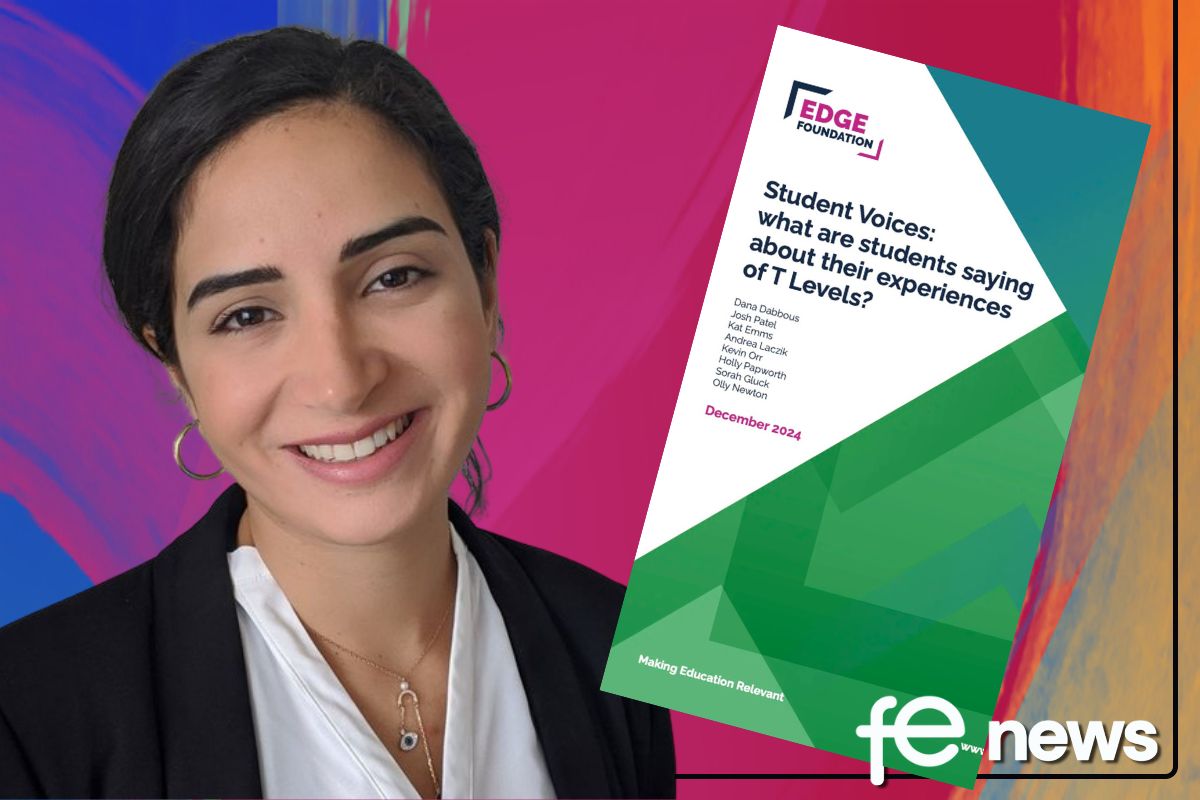Digitally Transforming the UK’s admission and enrolment

#DigitalTransformation – As the education landscape evolves, it’s becoming increasingly important for education institutions to adapt
From admissions to enrolment, student communications to managing vast alumni networks, today’s universities are faced with a mountain of administrative tasks, duties and complex data cycles – many of which are paper-based.
Digitising the admissions and enrolment processes will enable higher education institutions to put their best foot forward, leading to greater efficiency, security, and overall effectiveness.
Increased pressure on higher education
In recent times, there has been a record number of applicants for higher education, all of which are looking for new ways to engage with their university or college. Indeed, according to admissions service statistics, 40 percent of school leavers (236,350 school leavers) applied for university around June 2019, which was 3,970 more than in 2018. What’s more, most universities and colleges now have a worldwide focus, with students applying from every corner of the globe, as well as applying to study abroad and take part in a number of international internships.
The increasing number of students can put pressure on higher education institutions that rely on manual or legacy processes for their application and enrolment. Universities often rely on a distributed workforce, so the process for each department to review and approve student applications can be tedious, including copying, pasting and transferring documents by hand between departments. This can eat away at staff time, impact collaboration between departments, as well as clutter office space with physical files – putting student proprietary information at risk.
The security risk to student data
Given the scope higher education now covers and the breadth of students, faculties are faced with a sea of data and processes. With the volume of data that these departments now handle and the evolving regulatory landscape, protecting student and institutional data is proving to be a challenge. Indeed, the University of Greenwich was fined £120,000 by Information Commissioner following a serious security breach involving the personal data of nearly 20,000 people – among them staff and students – as the Commissioner found that the University did not have in place appropriate technical and organisational measures for ensuring a security breach would not occur.
Higher education institutions often have a multitude of compliance, data protection and regulatory obligations that they have to meet, such as the General Data Protection Regulation (GDPR). Whether it’s processing student data incorrectly, housing physical files in nondescript facilities that anyone can access, or even failing to block virus or malware behaviour, these are all security issues that could jeopardise the integrity and credibility of an institution.
The pressure of a digital population
Students are more engaged with technology than ever before. According to research by Technology One, in partnership with YouGov, of around 1,000 UK students, it found that almost 90 percent of university students now look for a consistent digital experience. However, despite the importance of digital, just over half (59 percent) said that their application and enrolment process was completely online.
Considering admissions and enrolment are often the first touchpoint between the individual and university in the entire student life cycle, it is important that the process befits the 21st century, as it marks a significant moment in the student’s educational journey. However, given the strain the sector is under, there is a desperate need to enhance the student and faculty experience, for internal workflows to be specialised and streamlined.
Recognising this, the Universities and College Admissions Service (UCAS) refreshed its strategy for 2020 to create a ‘Future Focus’ and prioritise the delivery of its services. As part of its strategy, UCAS will aim to deliver an excellent service and integrated digital experience to students, as well as maintain a focus on security and reliability.
Digital transformation initiatives – the first step
With the landscape evolving, it is becoming increasingly important for higher education institutions to adapt and modernise. Indeed, some are already leading full, large-scale digital transformation initiatives across campuses. For example, the University of Exeter has invested £2.5 million into two transformation programmes – design, architectural and information security services and the project management office (PMO) – in its efforts to improve digital services, as well as student and staff experience, accelerating its transformation journey.
According to IDC, approximately 20 percent of overall IT spending in higher education throughout 2019 focused on innovation and transformational technologies alone. Needless to say, higher education leaders are facing considerable challenges throughout their digital journeys. Given the surge of information and complexity of data cycles that institutions now handle, these transformational initiatives must be planned with caution and great care.
However, one of the biggest downfalls of digital transformation strategies is that they tend to be over complicated, as they impact every aspect of the public body or organisation, all at once, and, often, far too soon. For enrolment and student faculty, transformation should start with the most basic element of their work, that which admissions practices and deals with day-to-day.
It is important that they not be reliant on outdated manual applications or processes that require constant feedback and approval. Document management should be automated simply to ease ‘congestion’ within internal administration. Admissions slips, student IDs and profile-data should be filtered into backend systems to allow for faster processing and recall from multiple areas of the department.
Most importantly, communication should be easy. After all, this is the first correspondence a prospective student or candidate has with their university. Rather than delivering complex digital transformation strategies, where students and staff are sometimes overwhelmed, education leaders and faculty should start by identifying a process that needs improvement, then apply technology where it is best suited so they can ultimately create better experiences for students. This can influence their decisions to enrol and affect the initial satisfaction of first-time students.
Admissions – or enrolment – is the first step and beginning of the student journey. As such, it should be treated as a form of communication or engagement, of relationship building. Streamlining and simplifying this process is key, and should be the first step in the wider digital transformation initiative. By digitising admissions and then unifying the enrolment process, administration can streamline internal workloads, break down silos to give a 360 degree view of their department and those applying. Allowing them to focus on the entire student life cycle – from admissions to alumni – and maintain the university brand.
Ash Finnegan, Digital Transformation Officer at Conga











Responses